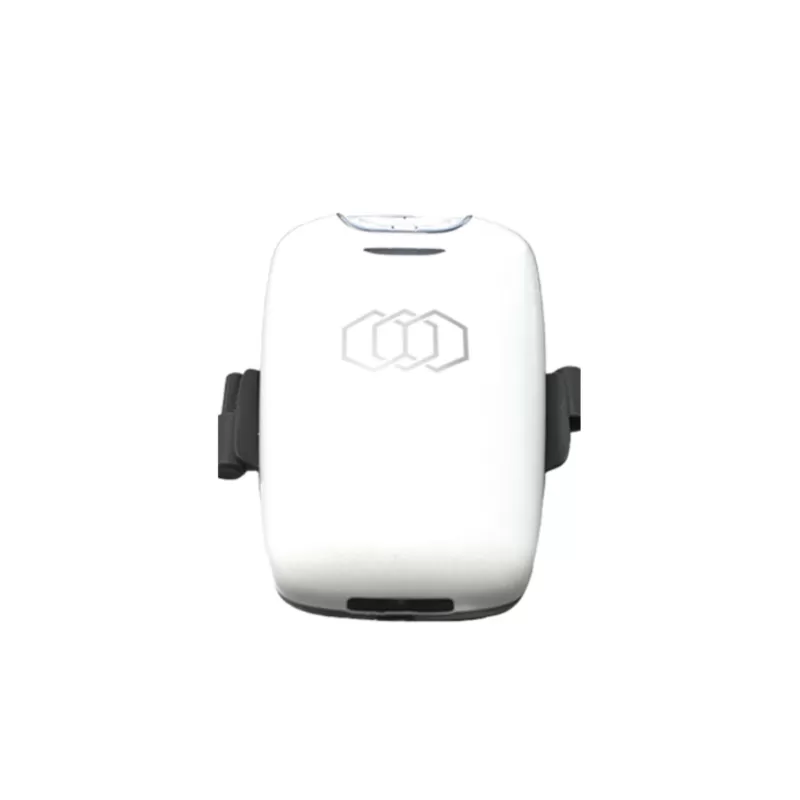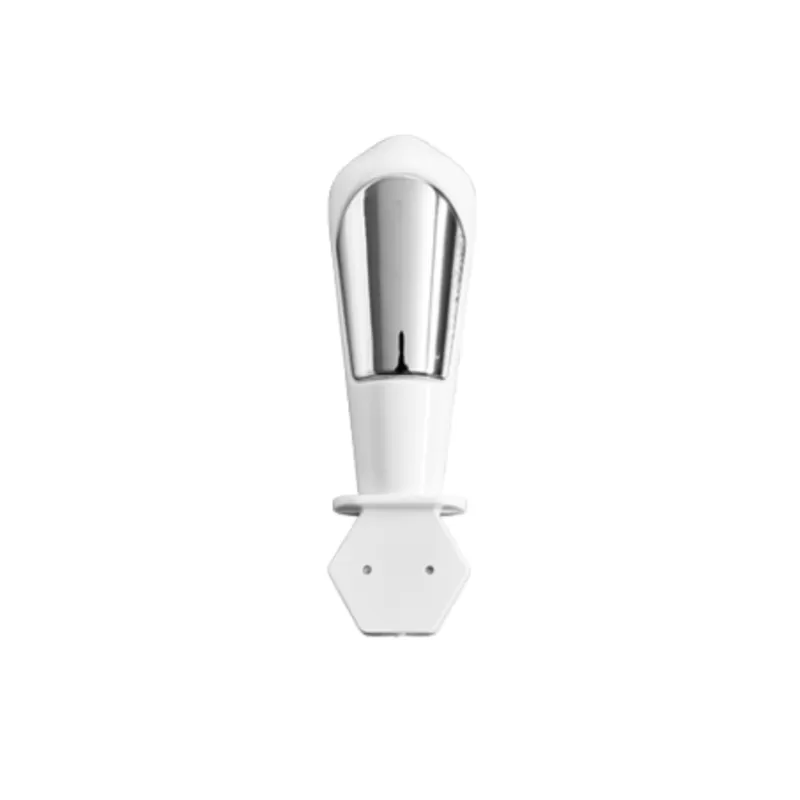Diastasis of Recti Abdominis Muscle (DRAM)
Diastasis of Recti Abdominis Muscle (DRAM)
Diastasis of Recti Abdominis Muscle (DRAM)
Condition
Suffering from abdominal separation post pregnancy and birth? Help repair and retrain your deep abdominal muscles with innovative EMS technology with our team at The R Clinic.
What is Diastasis of Recti Abdominis Muscle?
What is Diastasis of Recti Abdominis Muscle?
Diastasis recti is a common condition in pregnant and postpartum people. It occurs when the rectus abdominis muscles (six-pack ab muscles) separate during pregnancy from being stretched. When the tissue loses its elasticity from being overstretched, the gap in the abdominals will not close as much as it should. This is diastasis recti.
If you have diastasis, your belly may appear to stick out just above or below the belly button, making you appear pregnant months or years after giving birth.
What causes Diastasis of Recti Abdominis Muscle?
What causes Diastasis of Recti Abdominis Muscle?
Pregnancy puts a lot of pressure on your abdomen (abs). The abdomen is made up of left and right ab muscles and a thin band of connective tissue (linea alba) in between. They are pushed outward and stretched to make room for the growing baby. Diastasis recti occurs when the linea alba is overstretched and doesn’t come back together. The left and right sides of the abdominals stay separated. It’s also referred to as an “ab gap” or abdominal separation. Diastasis recti usually develops in the third trimester and most people don’t notice diastasis recti until the postpartum period.
How can we help?
How can we help?
As a women led team at FEMME, we understand the unique needs and concerns of women. Our mission is to empower women though innovative and state of the art treatments, helping to remove the stigma around feminine health.
The best exercises for diastasis recti are those that engage the deep abdominals. Tone is an electrical muscle stimulation (EMS) technology that can stimulate muscles across all layers. Tone is a safe and effective treatment that provide alternative solution for those who did not gain improvement with traditional approach. Please contact us to book a consultation with one of our practitioners and to find out how EMS treatment may be suitable for you.

FAQ
Have further questions or want to learn more?
What are the symptoms of diastasis recti?
Most people don’t notice signs of diastasis recti until they are postpartum. You can have diastasis recti during pregnancy, but it’s hard to distinguish because your abdomen is stretched. Common signs of diastasis recti during the postpartum period are:
- A visible bulge or “pooch” that protrudes just above or below the belly button.
- Softness or jelly-like feeling around your belly button.
- Coning or doming when you contract your ab muscles.
- Difficulty lifting objects, walking or performing everyday tasks.
- Pain during sex.
- Pelvic or hip pain.
- Low back pain.
- Poor posture.
- Urine leaking when you sneeze or cough.
- Constipation.
- Feeling weak in your abdominals.
What does diastasis recti feel like?
Diastasis recti is not painful. You may feel pain associated with some of the side effects of diastasis, but the ab separation itself doesn’t hurt. You may feel weakness in your core when doing once easy tasks, like lifting a laundry basket. Some people feel a jelly-like texture in the space between the left and right abdominals when contracting the ab muscles.
How do I know if I have diastasis recti?
There are some common signs that can signal you have diastasis recti. One of the most common signs of diastasis recti is a bulge in your midsection that doesn’t go away, even after exercising or losing weight gained during pregnancy. Another sign is that your belly cones or domes when you lean back on a chair or get up out of bed. You can check for diastasis recti on your own, but it is always a good idea to speak with a health care professional about your symptoms.
Can diastasis recti improve without surgery?
Yes. It is possible to fix diastasis recti without surgery. Surgery is rarely performed. Many healthcare providers will recommend physical therapy or at-home exercise to help as a first line treatment. However, before starting an exercise programme, be sure to work with physical therapy who has experience with this condition as certain movement may make abdominal separation worse. Tone is a safe and effective treatment that provide alternative solution for those who did not gain improvement with traditional approach.
Are there complications from diastasis recti?
If left untreated or in severe cases of diastasis recti, complications can include:
- Umbilical hernia.
- Increase in back pain.
- Pain during sex.
- Urinary incontinence.
- Pelvic and hip pain.
How do I test myself for diastasis recti?
You can test yourself for diastasis recti:
- Lie on your back with your knees bent and feet flat on the floor.
- Lift your shoulders slightly off the ground, keeping one hand behind your head for support. Almost like you are doing a sit-up. Look down at your belly.
- Move your other hand above your belly button area, palms down and fingers towards your toes.
- Use your fingers to feel for a gap between the abs. See how many fingers can fit in the gap between your right and left abdominals.
If you feel a gap of two or more finger widths, discuss your concerns with your healthcare provider. They should confirm diastasis recti with a proper diagnosis and recommend appropriate care.
When should I see my healthcare provider?
Diastasis recti is a common and easily treated condition. If you have more than a two-finger gap between your abdominals or are experiencing pain, contact your healthcare provider for a diagnosis.
Related treatments
Resources
- Royal Women’s Hospital (Abdominal muscle separation) Download
- Journal of Clinical Gynecology & Obstetrics | Randomised controlled trial of EMS on abdominal wall restoration Learn More
- National Library of Medicine | EMS stimulation and strength recovery of postnatal diastasis recti abdominis muscles Learn More




